Kenya is famous for its birds. Whether it is the Lilac Breasted Roller, the flightless Ostrich, or the Marabou Stork – the unofficial bird of Uganda – the birds of Kenya are famous for their diversity in size, colour, and behaviour.
The bird population of Kenya are a great metaphor for the diversity and beauty of the people of Kenya. With over 40 tribes, plus settler communities from various parts of the world, Kenya is famous for its different communities.
Here in Tsavo, when we aren’t protecting elephants and rhinos, or discovering new ways of wildlife-human cooperation, we occasionally dabble in a bit of birdwatching. Indeed, some of the creatures of Tsavo may even see our Super Cub aircraft as just another avian species roaming the skies – albeit a large and noisy species.
There are countless species of birds in the TCA, but we have narrowed this list down to some of our favourites. Whether they be majestic, elusive, cheeky, or fearsome, these are 5 of the most notable birds in the Tsavo Conservation Area.
“More often heard than seen” – the Eastern Black-headed Oriole
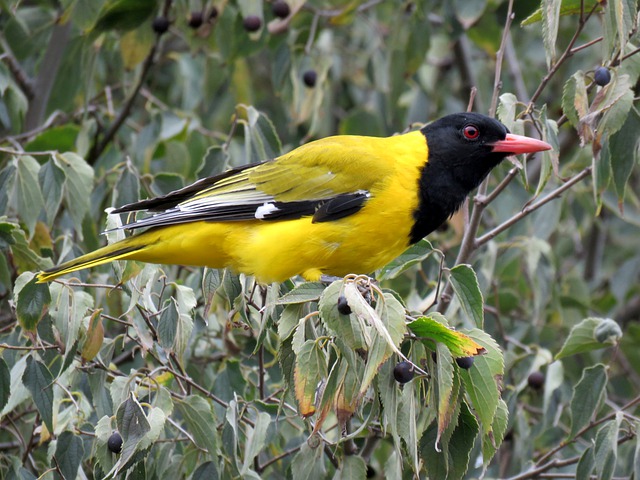
The eastern black-headed oriole is an incredibly underrated bird. Whilst it’s appearance is not the most striking, and it’s size is nothing to write home about, it is certainly an important bird in Kenya’s rich tapestry of avian wildlife.
The oriole is the soundtrack to peaceful mornings on safari. The sound made by the Oriolus Larvatus is one that will take you back to the plains of Tsavo, or the Mara, and remind you of great safaris gone. It is the sound of a peaceful morning in camp, where the stresses of everyday life are a million miles away.
Here, you can listen to the sound of the black-headed oriole which is sure to take you back to that blissful safari in Africa.
“Rude” – the Pied Kingfisher
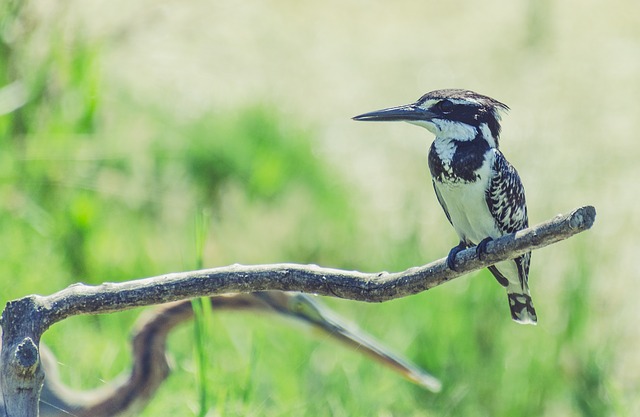
The pied kingfisher is a species of water kingfisher that is widely distributed across Africa and Asia. It was described by Carl Linnaeus in his landmark 1758 edition of Systema Naturae. Its scientific name Ceryle rudis derives from the mythical Greek bird kērulos described by Aristotle, and the Latin translation of rude/wild: rudis.
Why Linnaues decided to describe the pied kingfisher as rude is hard to tell. They are exceptional hunters, able to perform a figure-of-eight with their wings which allows them to hover in the air before diving. They can also swallow their food without needing to perch. Furthermore, they are intensely social and oftentimes four adults will care for one set of young.
Perhaps it is their sheer arrogance and confidence in their own abilities that so irked Carl Linnaeus.
“Green eggs” – the Golden Palm Weaver
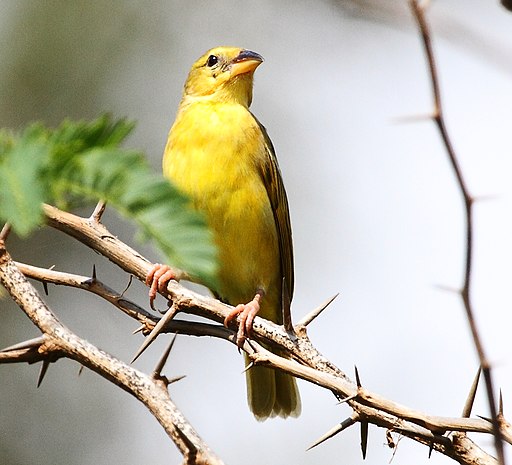
The golden palm weaver is a gorgeous, little bird. It’s black eyes and beak stand out against its vibrant, golden plumage. It is also a bird that is native to East Africa, in particular the Kenyan and Somalian coastlines. And you guessed it, it lays green eggs. Sometimes.
Nest building is an important social activity for these gregarious birds. The nest is woven by the male weavers and is then lined by the females. Perhaps, that’s because the female weavers have a better eye for good interior design.
Its Latin name is Ploceus bojeri – named after a Wenzel Bojer, a Czeck naturalist who operated in tropical Africa and Madagascar.
“Sounds like a snorting pig” – the Verreaux’s Eagle-owl
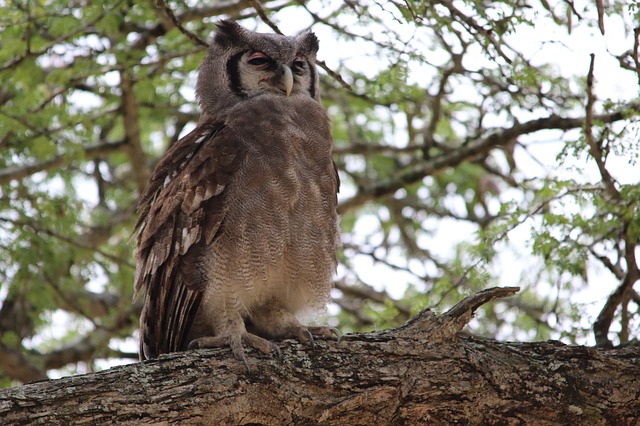
The Verreaux’s Eagle-owl can be found all across East Africa although it favours the savannah over tropical rainforests. They are opportunistic hunters, meaning these owls will take down anything they can get their talons on. They have been known to prey on creatures up to 1.8kg in weight. They are, as you may expect, nocturnal predators and in the day they can be found resting high up in the shade of a tree, often trying to cool down.
This owl doesn’t build its own nest, instead it inhabits other large nests made by other big birds like vultures and eagles. It has been known to inhabit the large, disused, communal nests of weavers.
The sound made by the Verreaux’s Eagle-owl is not particularly melodic or exotic. It sounds unfortunately like a snorting pig, a sort of gwok-gwok-gwok sound. Scroll to the bottom to find a more accurate depiction of this owl’s distinctive sound.*
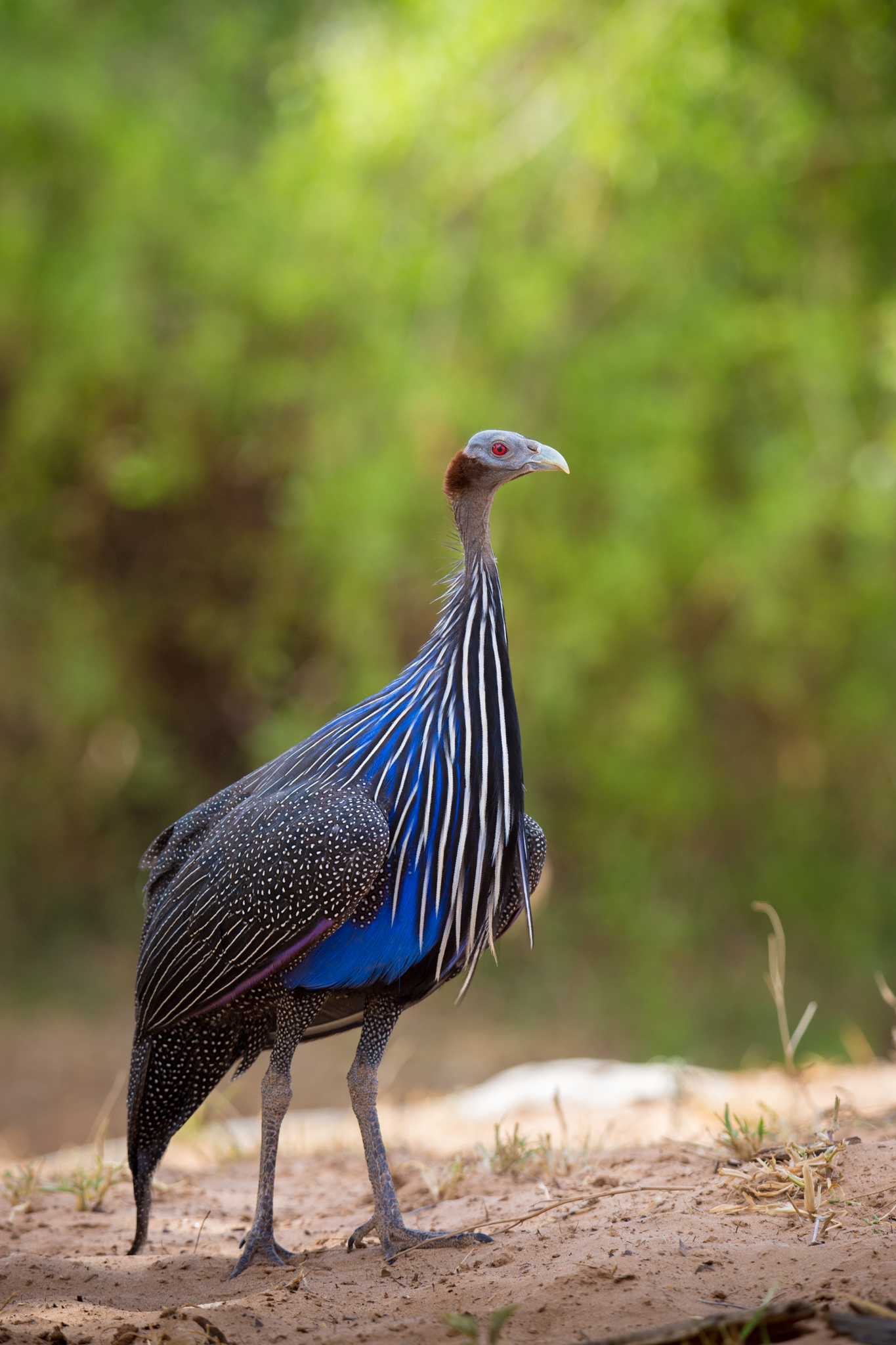
“Distant relative” – the Vulturine Guineafowl
The vulturine guineafowl is the largest species of guineafowl still alive today. It has an unfeathered head, like most guineafowl but it also has a long, bare neck which makes it look a lot like a vulture – hence the name. Interestingly, it is only distantly related to other species of guineafowl.
It is a terrestrial bird so when it is in danger, it will likely decide to run rather than fly. They only really choose to fly when they are going to their nocturnal roosting spots at night.
They are known to be extremely aggressive towards each other and frequently fatally injure one another. Perhaps it is because they are unsure of whether they are selfish vultures or gregarious guineafowl.
*The Verreaux’s Eagle-owl in action:

